Sign #3 Your Supplier Knowledge Lives in Spreadsheets
Transform your supplier intelligence from tribal knowledge into automated decision-making. Learn how to capture performance data, pricing trends, and shipping patterns that can automatically route orders to the best supplier for each situation. Stop being the bottleneck in your own supply chain.
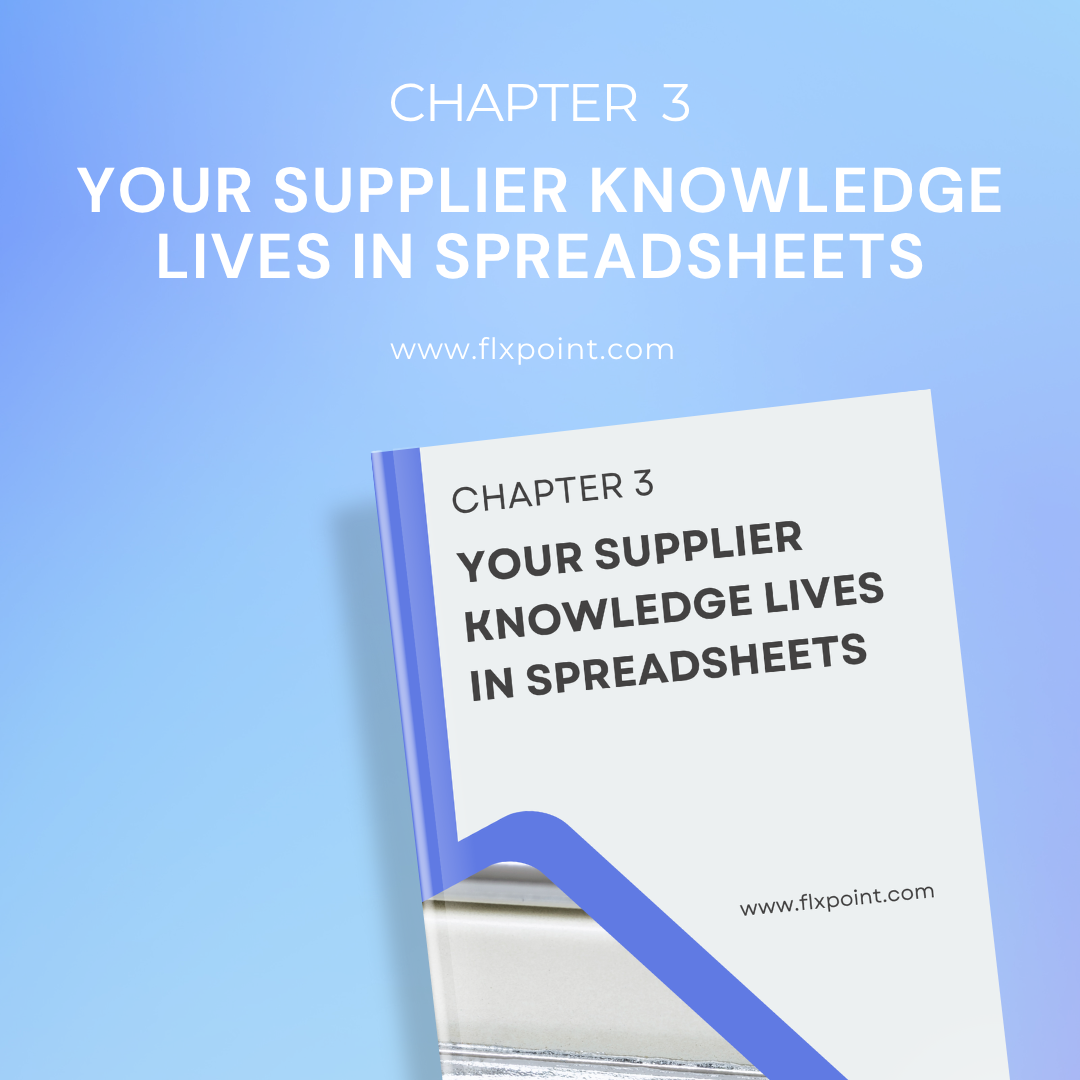
You Know Your Suppliers Better Than Your Software Does
If you’re the only one who knows which supplier ships fastest or who’s out of stock on weekends — you’re not just informed, you’re the bottleneck.
This knowledge bottleneck might feel like expertise, but it's actually a scaling roadblock that prevents your business from growing beyond what you can personally manage.
When You Manually Track Supplier Performance
Many dropship retailers pride themselves on knowing their suppliers inside and out. You know that Supplier A always ships within 24 hours but charges higher rates. You remember that Supplier B offers great prices but has spotty availability on weekends. You've mentally cataloged that Supplier C excels at large orders but struggles with single-item shipments.
This supplier's knowledge feels valuable because it is valuable. But when it exists only in your head or in scattered spreadsheets, it becomes a constraint rather than an asset. Every routing decision requires your input. Every new team member needs extensive training to understand these unwritten rules. Every vacation or sick day creates uncertainty about which suppliers to use for different scenarios.
The problem intensifies as your supplier network grows. When you work with five suppliers, keeping track of their capabilities is manageable. When you expand to 50 suppliers across multiple product categories, manual tracking becomes impossible. Yet many retailers continue trying to scale these personal relationships rather than systematizing the knowledge.
Manual supplier tracking also means missed opportunities. You might remember that Supplier A offers better shipping rates to the West Coast, but forget to apply that knowledge during a busy period. Or you might overlook that Supplier B just added new product lines because there's no systematic way to track and leverage their expanding capabilities.
The Risk of Relying on Spreadsheet Supplier Data
When supplier data lives in spreadsheets, it’s only a matter of time before things go sideways — outdated info, lost updates, and too many versions that no one fully trusts.
Data gets outdated quickly: That Excel file showing Supplier A's lead times was accurate three months ago, but shipping delays and capacity changes mean the information is now wrong. Meanwhile, everyone's still making decisions based on stale data because nobody knows when it was last updated.
No audit trail for changes: When someone updates a supplier's minimum order quantity from 50 to 100 units, there's no record of who made the change, when, or why. This becomes critical when you're trying to understand why orders started getting rejected or why costs suddenly increased.
Single point of failure if the file gets corrupted: One corrupted Excel file can wipe out months of supplier performance data. Even worse, different team members often maintain their own versions, leading to conflicting information about the same suppliers.
Collaboration becomes impossible with multiple users: When three people need to update supplier data simultaneously, spreadsheets fall apart. Version control becomes a nightmare. Someone always overwrites someone else's changes. Critical updates get lost in email chains about "which version is current."
Decision-making delays: Every time you need supplier intelligence, someone has to stop what they're doing to look up information in spreadsheets. When order volumes increase, these lookup delays multiply, slowing down your entire fulfillment process.
Scaling limitations: As you add more suppliers and product lines, spreadsheet maintenance becomes a full-time job. What started as a simple tracking sheet turns into a complex web of interconnected files that nobody fully understands.
Integration Showcase: Systematic Supplier Intelligence
Modern ecommerce automation platforms are designed to systematize and leverage supplier intelligence in ways that manual tracking can't match. These systems can store detailed supplier profiles including performance metrics, capabilities, costs, and preferences, then use that data to make intelligent routing decisions automatically.
For example, Flxpoint integrates with more than 250+ dropshipping suppliers, automatically pulling real-time inventory data, pricing information, and fulfillment capabilities. Instead of manually checking each supplier's portal or processing emailed inventory files, the system maintains current data from all sources automatically.
The platform can also track performance metrics that would be impossible to maintain manually. Which supplier consistently ships fastest to specific regions? Which one has the best fill rates for particular product categories?
Which combination of suppliers minimizes shipping costs while maintaining delivery speed? The system tracks these patterns and applies the insights automatically.
This systematic approach scales effortlessly. Whether you're working with 5 suppliers or 500, the system applies the same intelligent routing logic. New suppliers can be onboarded with their specific capabilities and preferences, immediately becoming part of the automated decision-making process.
Beyond Basic Automation: Intelligent Decision Making
The next level of supplier management goes beyond simple automation to intelligent optimization. Modern platforms can analyze historical performance data, current inventory levels, geographic proximity, and cost structures to make routing decisions that outperform even experienced manual management.
For instance, the automation system might automatically route an order to Supplier B instead of your usual Supplier A because real-time data shows Supplier A is experiencing delays while Supplier B has stock in a warehouse closer to the customer. These dynamic optimizations happen instantly and consistently, improving both costs and customer experience.
Rifle Supply experienced this transformation when they moved from manual processes to automated supplier management. Before automation, updating product titles for 5,000 items took about a month of manual work. With systematic supplier integration through Flxpoint, tasks that used to take weeks now happen in minutes.
The broader impact extends beyond efficiency. When your supplier knowledge is systematized and automated, your business becomes antifragile. You're not dependent on any single person's memory or availability.
New team members can immediately benefit from accumulated supplier intelligence. Growth doesn't require proportional increases in management complexity.
Scaling Beyond Personal Limits
The transition from personal supplier management to systematic automation represents a fundamental shift from small business operations to scalable enterprise thinking. It means trusting systems to make decisions that you used to make personally, but with better data and more consistency than manual processes could provide.
This shift can feel uncomfortable initially. You've built those supplier relationships through personal interactions and learned their nuances through experience. But systematizing that knowledge doesn't eliminate the relationships. It amplifies them by ensuring that hard-won insights benefit every decision, not just the ones you personally oversee.
The most successful businesses recognize that founder knowledge needs to be captured and systematized to enable growth. Your insights about supplier capabilities become routing rules. Your understanding of cost trade-offs becomes optimization algorithms. Your expertise becomes your company's competitive advantage rather than its constraint.
Building Institutional Knowledge
The goal isn't to eliminate human judgment from supplier management, but to create systems that leverage human expertise at scale. The best ecommerce automation platforms allow you to encode your supplier knowledge into routing rules that can be applied consistently across thousands of orders.
This approach also enables continuous improvement. The system can track the results of different routing decisions and refine its algorithms based on actual performance. Over time, your institutional knowledge grows beyond what any individual could maintain manually.
When done right, automated supplier management feels like having an expert operations manager who never sleeps, never forgets critical details, and can make informed decisions about thousands of orders simultaneously. Your personal expertise becomes the foundation for systematic excellence.
Transform your supplier relationships from personal bottlenecks into systematic advantages. Flxpoint's platform captures your supplier expertise in intelligent routing rules that work 24/7.
Connect with major industry suppliers through pre-built integrations, or customize connections for your specific vendor network.
[Discover how Flxpoint] can systematize your supplier intelligence for consistent, optimal results.
Flxpoint – Powerful Dropship and Ecommerce Automation Platform
All Chapters in This Guide
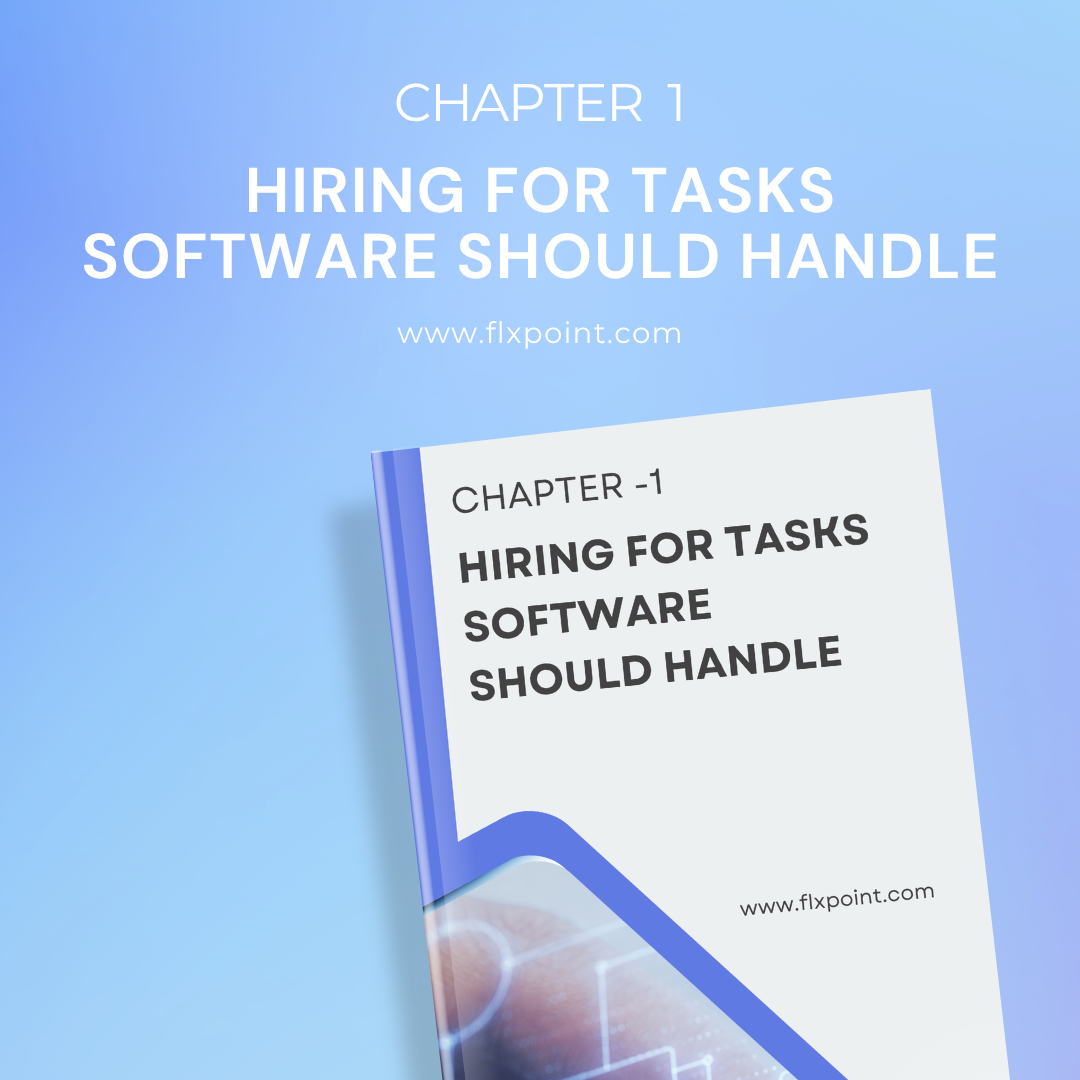
We break down the hidden costs of manual labor and show you the real ROI calculation that's driving smart businesses toward automation. Learn why hiring another person to update inventory or route orders is actually the most expensive solution.
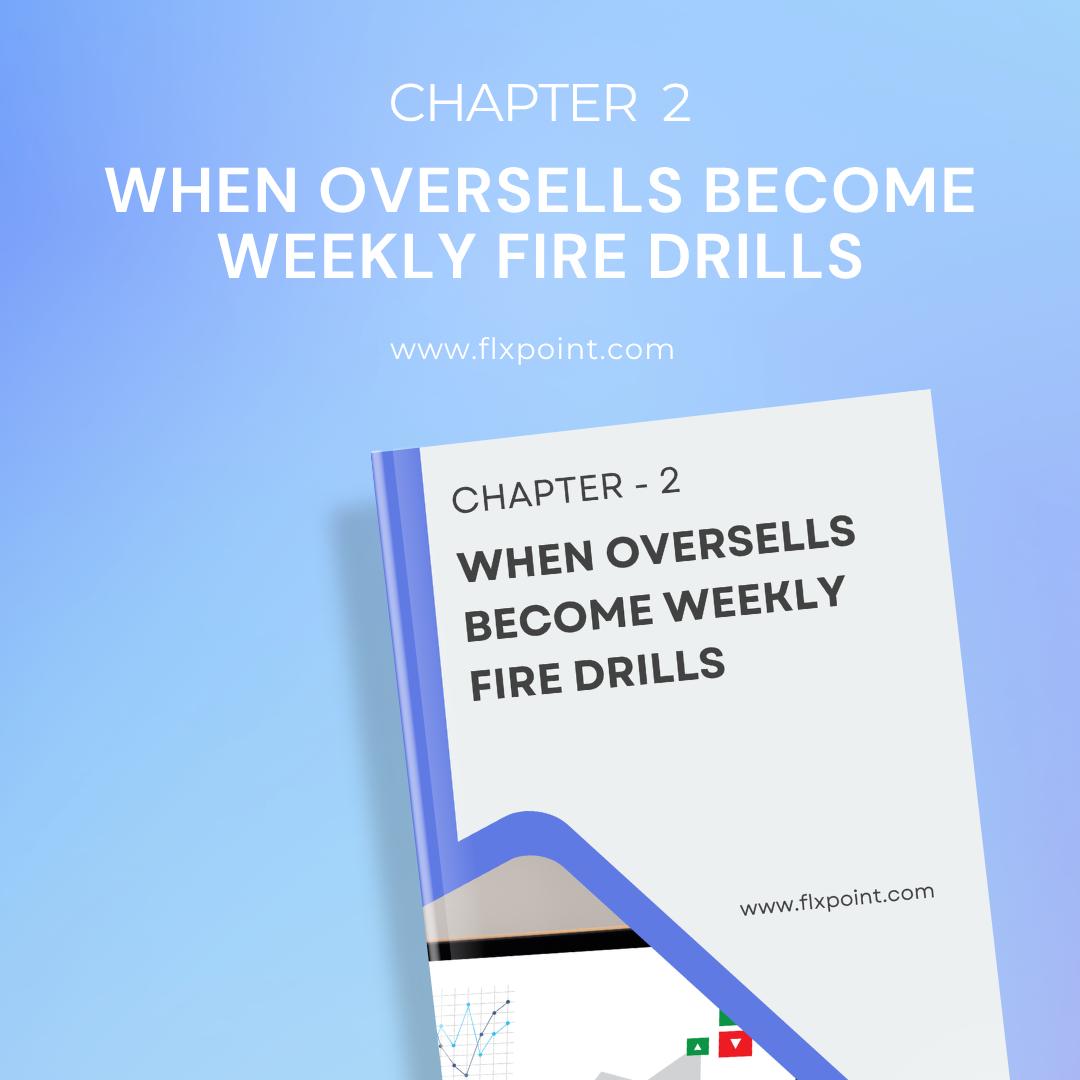
Discover why manual inventory updates always lag behind reality and how this creates expensive customer service problems. We reveal the true cost of oversells (hint: it's much higher than you think) and show you how automated inventory sync eliminates 94% of stockout issues in the first month.
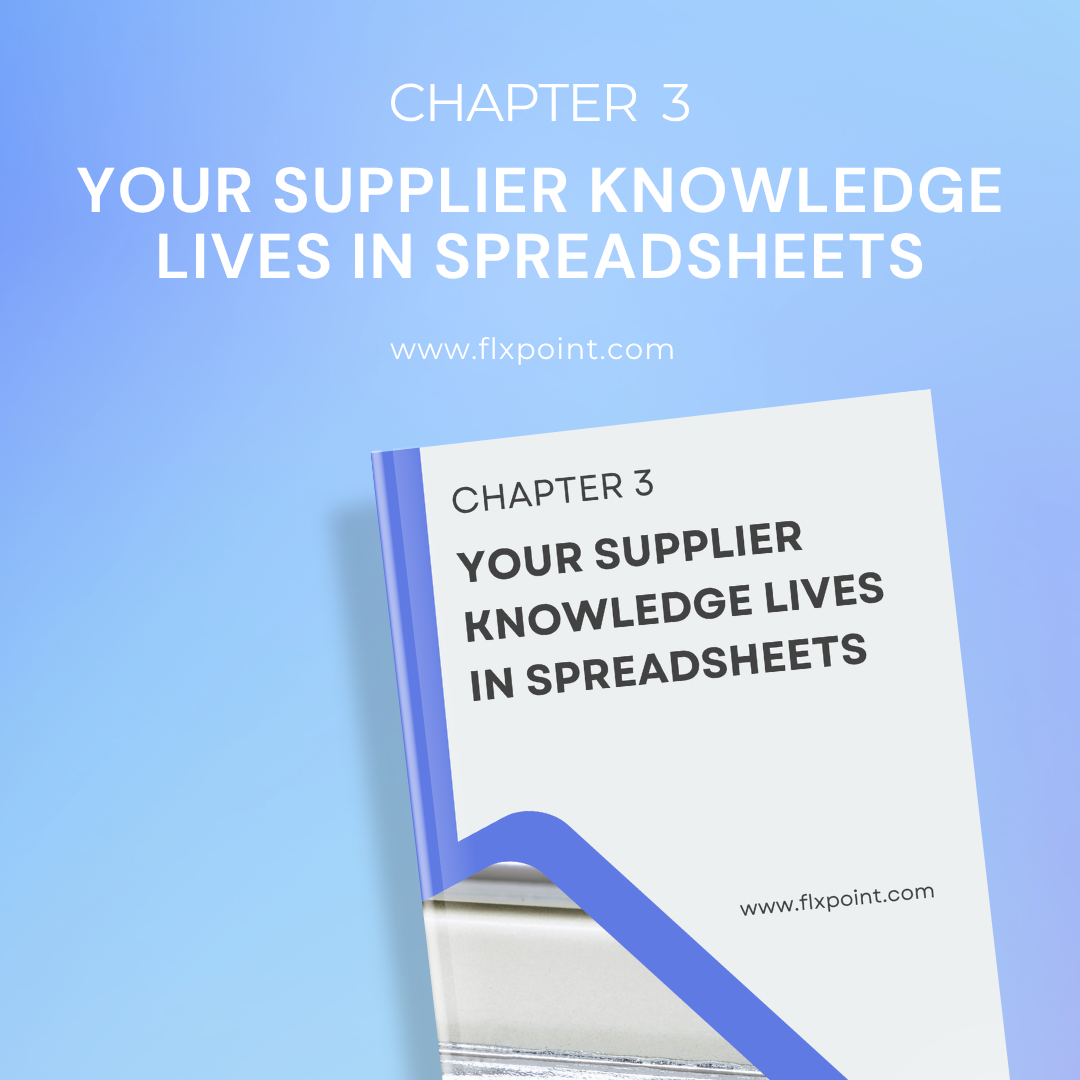
Transform your supplier intelligence from tribal knowledge into automated decision-making. Learn how to capture performance data, pricing trends, and shipping patterns that can automatically route orders to the best supplier for each situation. Stop being the bottleneck in your own supply chain.
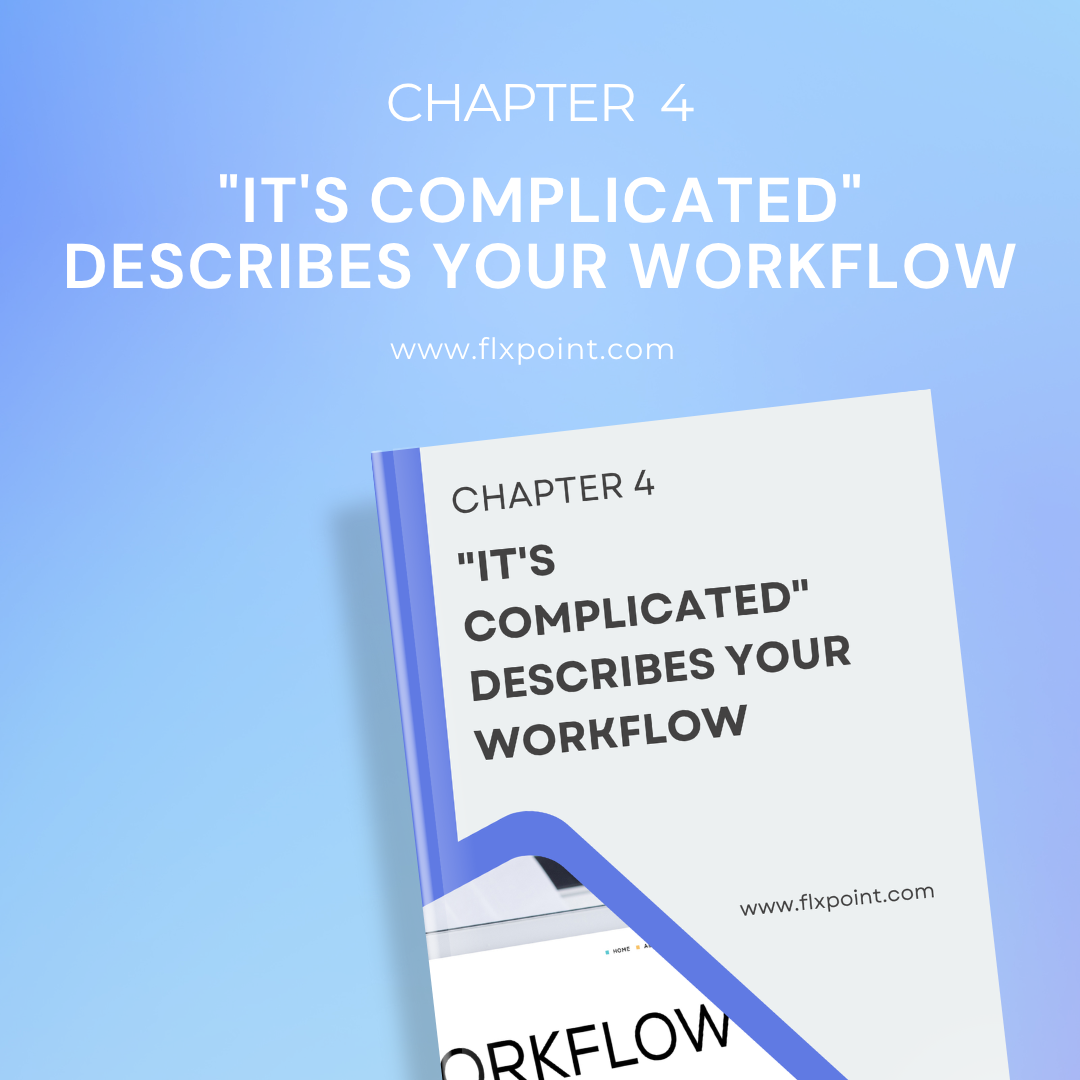
Simplify operations that have grown organically complex. We show you how to identify workflow complexity that's killing productivity and replace it with simple, automated rules. Discover why the best operations can be explained in three sentences while manual processes require 20-minute explanations.

Build operations that run without you being the single point of failure. Learn how successful business owners create systems that handle routine decisions automatically, freeing them to focus on strategy and growth instead of daily fire-fighting.
Kenneth Cole's Smart Savings With Shopify EDI Connections
"They had never used Flxpoint before. But working with [the Flxpoint] team, they learned it and we're about to onboard our newest footwear partner, and you know that's big business for us.”
Mitul PatelKenneth Cole


How Flxpoint Helped Rifle Supply Automate & Grow
“I went line by line… whatever the inventory number was and cost value was, I calculated it and was blown away by how much that was worth— $300 million worth of product that I added to our web store.”
Chris MekdaraRifle Supply


The Ecommerce Automation Behind Screen Skinz
"Automation is the key to maximizing your volume. [Flxpoint] comes right into our flow — everything's automated. We want it to be quick and efficient. So that's what we love about Flxpoint."
Shaun Brown & Clay CanningScreenSkinz


How Inhaven Transformed Vendor Management with Flxpoint
"We ended up switching to Flxpoint, and it has been a much smoother process. Where it took us six months to get onboarded with the other company, we were up and running in a week or two with Flxpoint."
Ashley ChingInhaven


How Black Patch Performance Scaled Smarter with Flxpoint
"The only way to actually scale was to go through Flxpoint… You can’t even come close to hiring someone to do what Flxpoint does for the price."
Jonathan WilliamsBlack Patch Performance


